(The Center Square) – As Pennsylvania’s economy and population have grown at a slow pace, recent inflation driving up the cost of goods has squeezed families. In response, state officials have expanded eligibility for SNAP benefits.
The increase is the second in recent months for food assistance. The Supplemental Nutrition Assistance Program has been expanded to include families within 200% of the federal poverty income threshold, which Gov. Tom Wolf estimates will include 174,000 Pennsylvanian households. The new income limit will be $4,626 per month for a family of four. The average benefit will be $63 per month.
“Expanding eligibility for SNAP allows us to extend a reprieve to people who may be struggling so we can help more Pennsylvanians meet this most essential need that literally fuels us to live, work, grow, and thrive,” Wolf said in a release.
The SNAP expansion comes after a June announcement that the state’s food banks and pantries would be available to families who earn up to 185% of the U.S. Department of Agriculture’s poverty line, rather than the previous limit of 150%. For a family of four, the income limit will be $4,279 per month.
“I want to do everything I can to support success for Pennsylvanians, that’s why we’ve prioritized expanding income eligibility to allow more families to benefit from our charitable food system,” Wolf said.
While the benefits expansion can help working families, not all expansions are created equal.
As The Center Square previously reported, SNAP expansion also discourages work. Before the pandemic, SNAP benefits would be slowly reduced as income rose. When SNAP benefits increased as a way to help families during COVID-19, however, that step-down approach disappeared and a “benefits cliff” replaced it. Once a family surpassed the income limit, they lost all benefits. When that situation happens, it can encourage families to avoid extra work or switching jobs so they aren’t financially worse off.
The unintentional consequences highlight the difficulty that inflation provokes in the economy. The inflation rate rose by 8.3% compared to a year ago, driving up the cost of living. While some families can cut back or reduce unnecessary expenses, others closer to the poverty line turn to government assistance.
And the public is relying more on government programs at a time when Pennsylvania’s labor force has contracted by 110,000 workers compared to August 2019, due to a shrinking working-age population and the effects of the pandemic.
The Independent Fiscal Office has warned that the commonwealth’s population woes pose a risk to future economic growth.



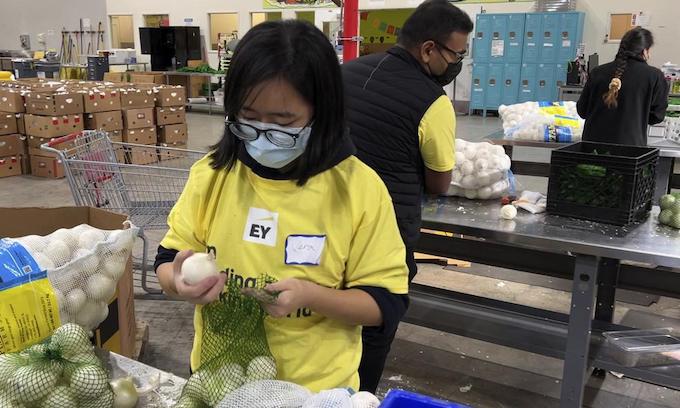
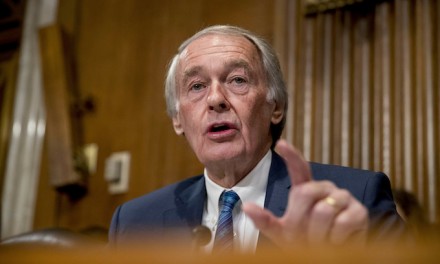
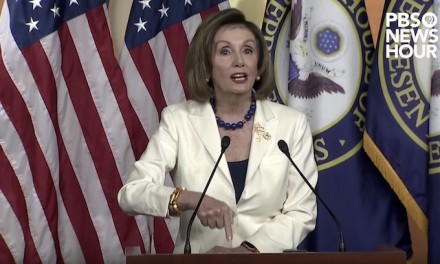

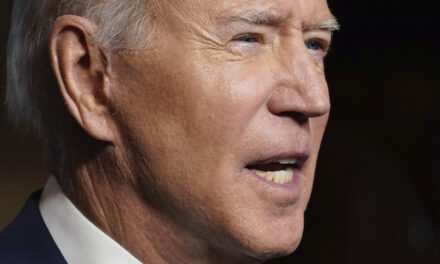






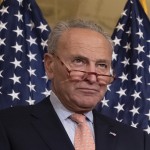




dear pennsyvania please vote republican for your sake and the country.
DEAR AMERICA as a whole.. You’ve seen what the disaster the DEMS are.. VOTE Republican to save our nation..